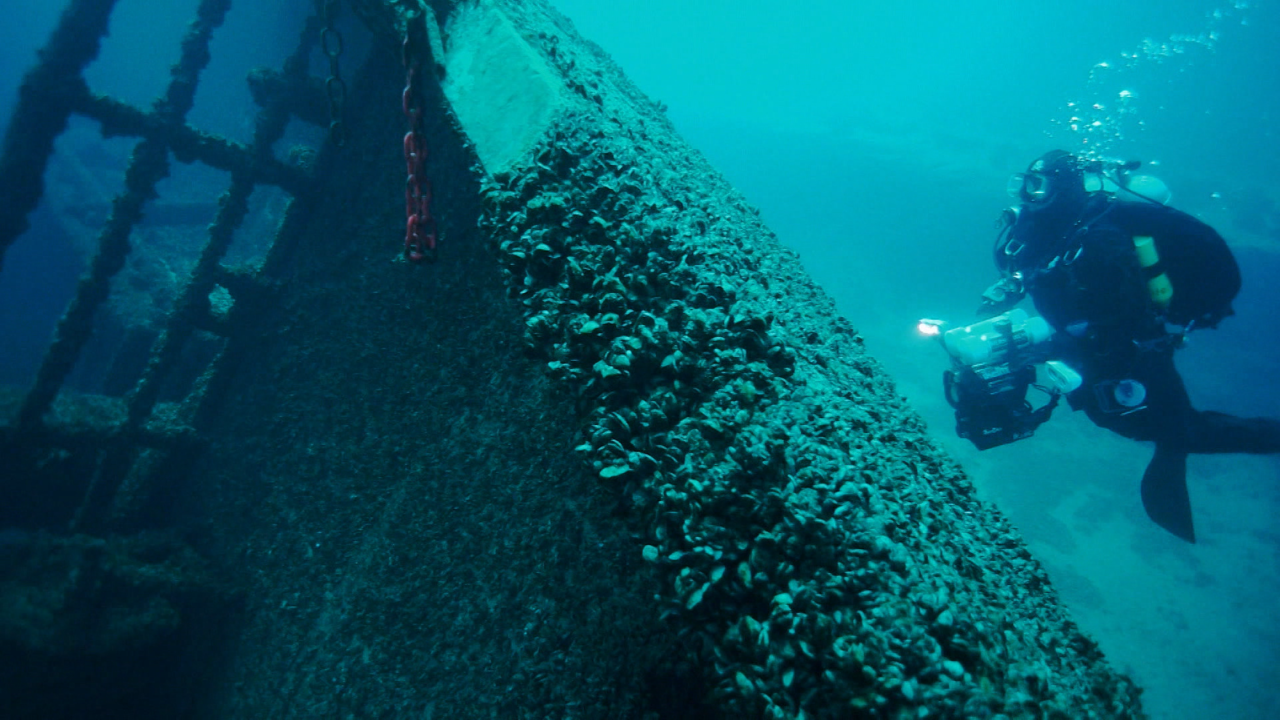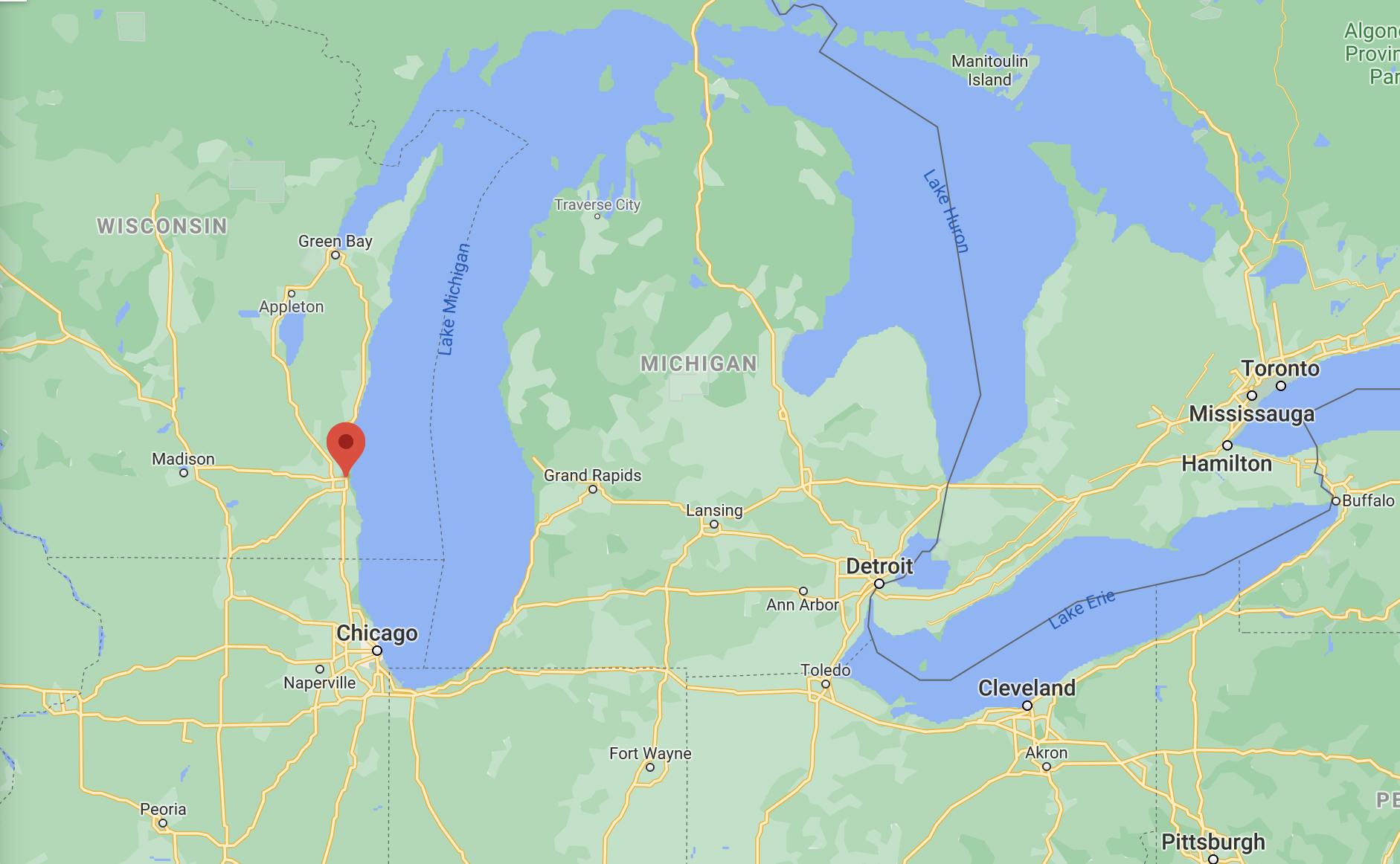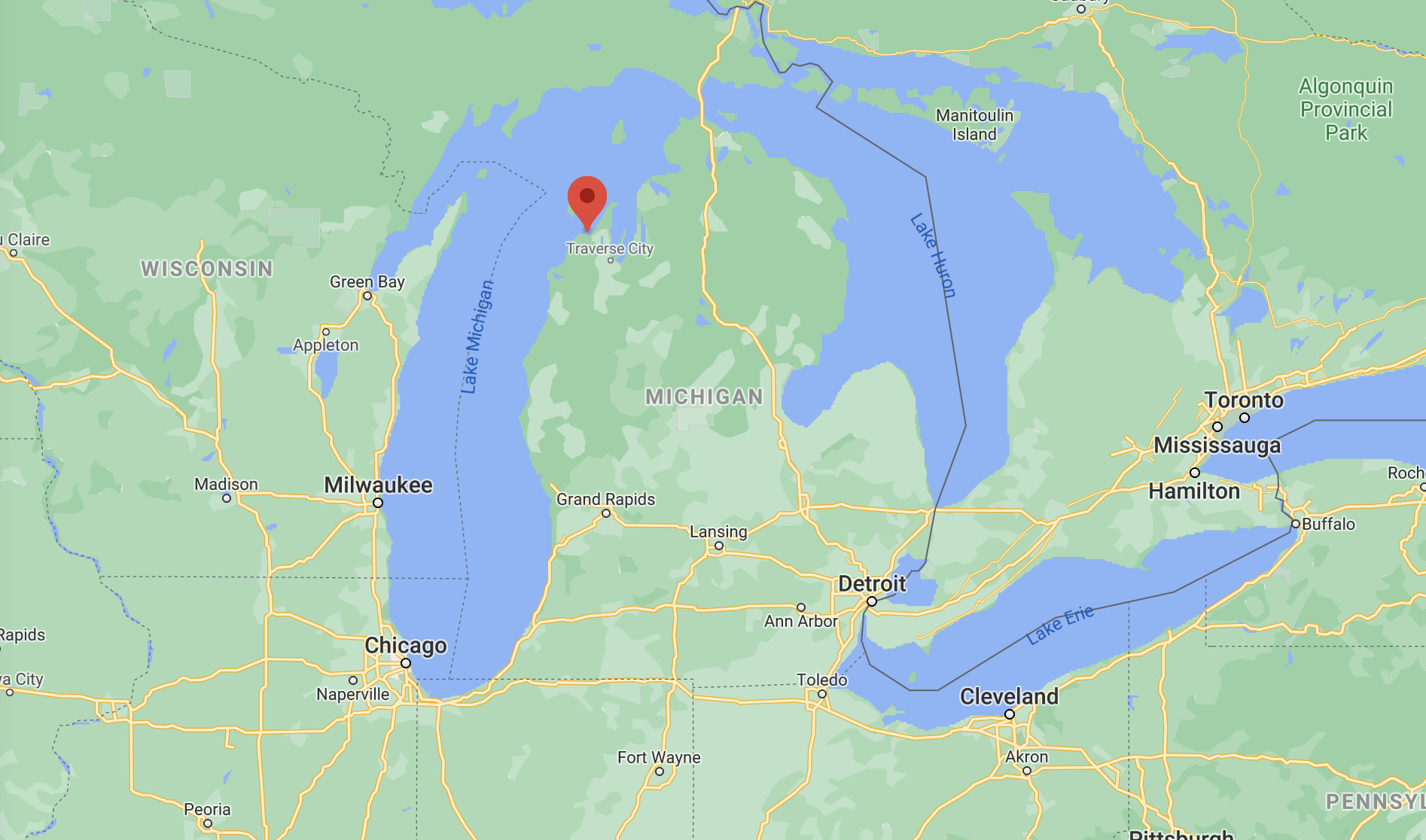Invasive mussels are hastening the deterioration of historic Great Lakes shipwrecks, like the submerged Prins Willem V off Milwaukee. Zebra and quagga mussels are also a big problem for water treatment and power plants. But science — and another invader, the round goby—could help fight them.
JTNDaDMlMjBzdHlsZSUzRCUyMmNvbG9yJTNBJTIwJTIzMTJiNWVhJTNCJTIyJTNFV0hFUkUlMjBXRSUyMFRBS0UlMjBZT1UlMjBJTiUyME1BUkNIJTNDJTJGaDMlM0UlMEElMEElM0NociUyMCUyRiUzRSUwQSUyMCUzQ2lmcmFtZSUyMHNyYyUzRCUyMmh0dHBzJTNBJTJGJTJGd3d3Lmdvb2dsZS5jb20lMkZtYXBzJTJGZCUyRnUlMkYwJTJGZW1iZWQlM0ZtaWQlM0QxcXY0bkVaZGxqd2tkTlVJbWtmOWw2T3U3b0liSUg0MVMlMjIlMjB3aWR0aCUzRCUyMjY0MCUyMiUyMGhlaWdodCUzRCUyMjQ4MCUyMiUzRSUzQyUyRmlmcmFtZSUzRQ==
Have a question about the Great Lakes or life in the region?
Ask Great Lakes Now, and if we can answer it, we might loop it into our coverage so others can learn too.
When to Watch?
Check your local station for when Great Lakes Now is on in your area.
Premiered on DPTV
Tuesday, March 30, at 7:30 PM
STATIONS CARRYING THE SERIES
DPTV
Detroit, Michigan
WEAO
Akron, Ohio
WNEO-TV
Alliance, Ohio
WCML-TV
Alpena, Michigan
WDCP-TV
Bad Axe, Michigan
BCTV
Bay County, Michigan
WBGU-TV
Bowling Green, Ohio
WNED-TV
Buffalo, New York
WCMV-TV
Cadillac, Michigan
WTTW-TV
Chicago, Illinois
WVIZ-TV
Cleveland, Ohio
WKAR-TV
East Lansing, Michigan
WQLN-TV
Erie, Pennsylvania
WCMZ-TV
Flint, Michigan
WGVU-TV
Grand Rapids, Michigan
WPNE-TV
Green Bay, Wisconsin
WGVK-TV
Kalamazoo, Michigan
WHLA-TV
La Crosse, Wisconsin
WHA-TV
Madison, Wisconsin
WNMU-TV
Marquette, Michigan
WHWC-TV
Menomonie-Eau Claire, Wisconsin
WMVS-TV
Milwaukee, Wisconsin
WCMU-TV
Mt. Pleasant, Michigan
WLEF-TV
Park Falls, Wisconsin
WNIT-TV
South Bend, Indiana
WCNY-TV
Syracuse, New York
WGTE-TV
Toledo, Ohio
WDCQ-TV
University Center, Michigan
WNPI-TV
Watertown, New York for Ontario signal
WPBS-TV
Watertown, New York for U.S. signal
WHRM-TV
Wausau, Wisconsin
In the Month of March on Great Lakes Now
Click the tabs to read descriptions of each feature in Episode 1023.
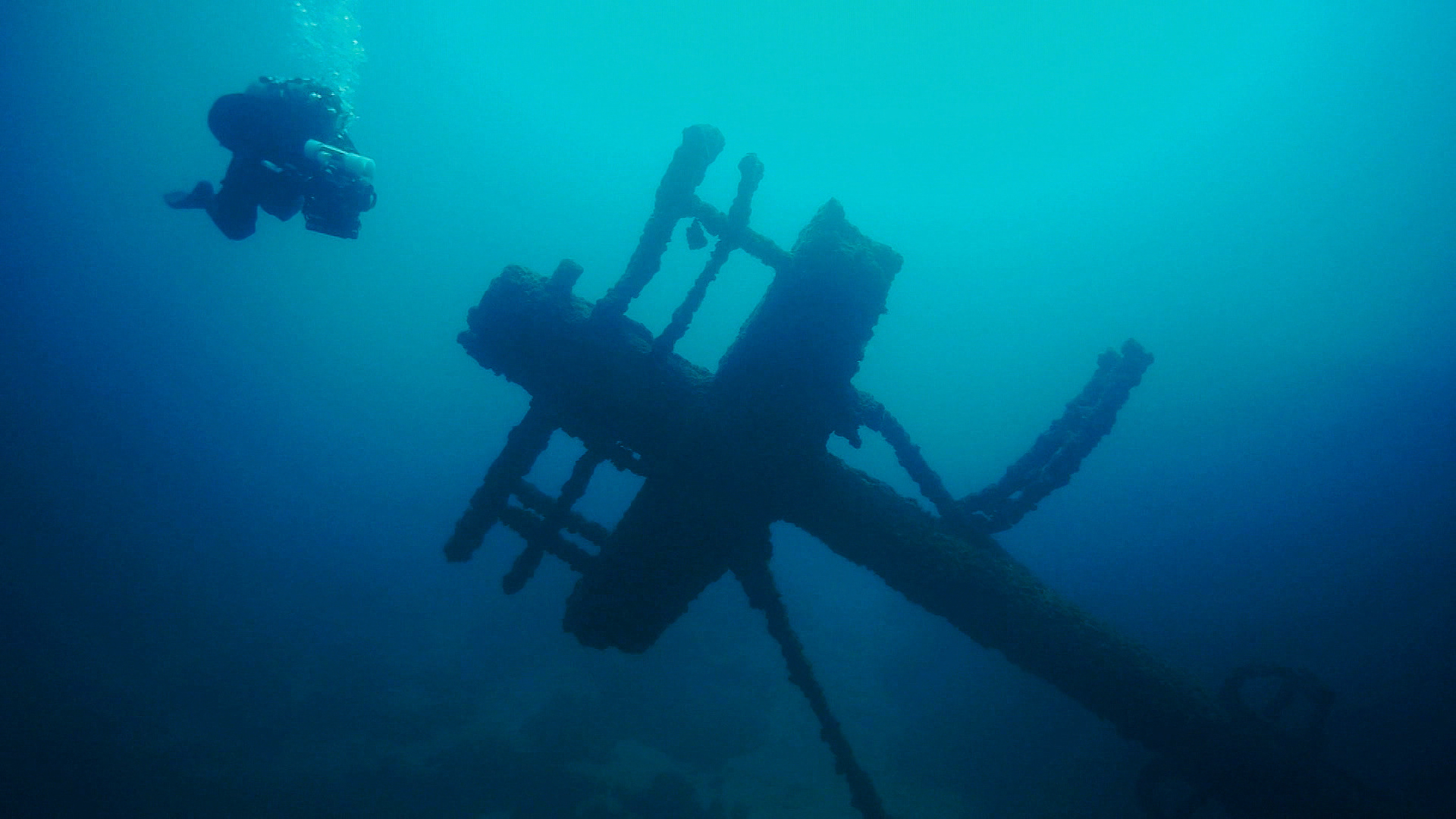
Musseling in on Shipwrecks
SEGMENT 1 | Milwaukee, Wisconsin
There are thousands of shipwrecks in the Great Lakes, like the wreck of the Prins Willem V, which sank shortly after leaving Milwaukee in 1954. When the Prins Willem went to the bottom, there were no quagga mussels in Lake Michigan, but now there are an estimated 4.5 trillion. They cover much of the lake bottom, including the wreck of the Prins Willem V and many others. And according to Dr. Russell Cuhel of the University of Wisconsin-Milwaukee’s School of Freshwater Science, they can hasten the deterioration of the wrecks.
“Stressed by currents, for example, during a storm and pulled off,” says Cuhel, “they will pull a small piece of wood along with them.”
Divers are familiar with the sight of mussels taking over these underwater time capsules.
“Most of the shipwrecks in Lake Michigan are completely covered with quagga mussels, and that is really causing the breakdown of the shipwrecks to become accelerated,” says maritime archeologist Tamara Thomsen. “Really, our understanding of those ships also develops over time as new technology becomes available to us, we try to use that to really understand how these ships are, to monitor their status, and then also to protect them for future generations to come visit and enjoy.”
This segment was produced in partnership with Milwaukee PBS. Watch the full-length documentary HERE.
Here are some other Great Lakes Now stories about shipwrecks:
- Chicago’s Eastland Disaster
- “Dream Big”: Diving the five lakes in 24 hours, from the perspective of one of the divers
- Shipwreck fragment emerges along Lake Michigan beach
- “Wrecks Within Reach”
- WATCH: “Ships and Shipwrecks” Watch Party
- WATCH: “Shipwrecks and Ecosystems” Watch Party
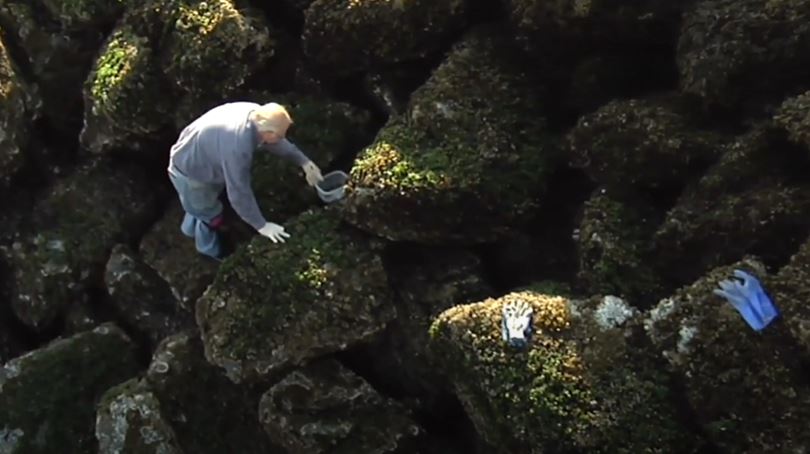
Loosening Up the Mussels
SEGMENT 2 | Good Harbor Bay, Lake Michigan
An estimated 450 trillion quagga mussels live in Lake Michigan, covering not only shipwrecks, but much of the lake bottom.
“They were brought into the Great Lakes in the 1980s, via ships’ ballast water from Europe,” says Erika Jensen, interim executive director of the Great Lakes Commission. “They’re small, fingernail-sized mussels, but they create dense colonies, so they create problems for water infrastructure, they clog water intake pipes, they can colonize docks, and boats and other equipment.”
The mussels have also changed the food web of the Great Lakes, and by colonizing reefs that native fish use for spawning, they can threaten the Great Lakes’ commercial, recreational, and tribal fisheries. One such reef is in Good Harbor Bay, off of Sleeping Bear Dunes National Lakeshore.
That’s a fairly significant reproductive area for lake trout like whitefish, says Jeff Tyson, fisheries management program manager with the Great Lakes Fishery Commission. “Right now with lake Whitefish, we’ve seen a fairly significant decline in abundance as well as the yield of those species.”
But now, a collection of scientists and researchers are working together in the Invasive Mussel Collaborative. They’re experimenting with a method for ridding areas of the reef of invasive mussels — and the results look promising.
“It uncovered a lot of the substrate that are used by the fish for reproduction,” says Tyson.
Here is some other Great Lakes Now work about invasive mussels:
- Zebra Mussels: A guide to the good and the bad of these Great Lakes invaders
- 30 Years Later: Mussel invasion legacy reaches far beyond Great Lakes
- Mussel-Phosphorus Puzzle: Invasive mussels are reshaping the chemistry of the Great Lakes
- Tested and Rejected: Blasting zebra mussels off walls wasn’t the first method attempted
- Zebra Mussels: A guide to the good and the bad of these Great Lakes invaders
- Mercury Levels Maintained: Invasive mussels keep mercury levels high in Great Lakes fish
- WATCH: Invaders on the Menu
- WATCH: Mussel Blasting
- WATCH: Meddlesome Mussels Watch Party
- WATCH: “Invaders on the Menu” Watch Party
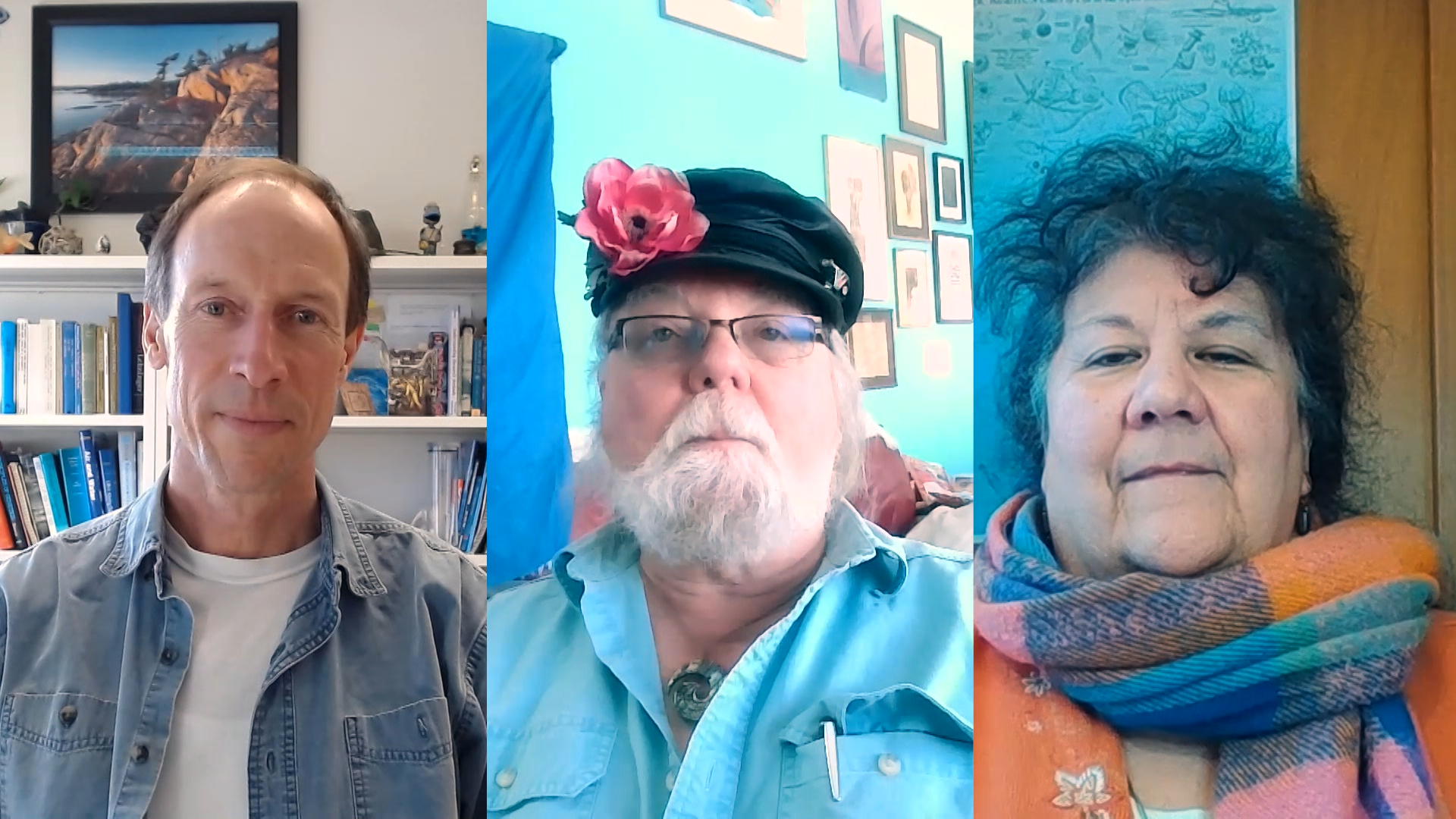
Musseling in on Shipwrecks
SEGMENT 1 | Milwaukee, Wisconsin
There are thousands of shipwrecks in the Great Lakes, like the wreck of the Prins Willem V, which sank shortly after leaving Milwaukee in 1954. When the Prins Willem went to the bottom, there were no quagga mussels in Lake Michigan, but now there are an estimated 4.5 trillion. They cover much of the lake bottom, including the wreck of the Prins Willem V and many others. And according to Dr. Russell Cuhel of the University of Wisconsin-Milwaukee’s School of Freshwater Science, they can hasten the deterioration of the wrecks.
“Stressed by currents, for example, during a storm and pulled off,” says Cuhel, “they will pull a small piece of wood along with them.”
Divers are familiar with the sight of mussels taking over these underwater time capsules.
“Most of the shipwrecks in Lake Michigan are completely covered with quagga mussels, and that is really causing the breakdown of the shipwrecks to become accelerated,” says maritime archeologist Tamara Thomsen. “Really, our understanding of those ships also develops over time as new technology becomes available to us, we try to use that to really understand how these ships are, to monitor their status, and then also to protect them for future generations to come visit and enjoy.”
This segment was produced in partnership with Milwaukee PBS. Watch the full-length documentary HERE.
Here are some other Great Lakes Now stories about shipwrecks:
- Chicago’s Eastland Disaster
- “Dream Big”: Diving the five lakes in 24 hours, from the perspective of one of the divers
- Shipwreck fragment emerges along Lake Michigan beach
- “Wrecks Within Reach”
- WATCH: “Ships and Shipwrecks” Watch Party
- WATCH: “Shipwrecks and Ecosystems” Watch Party
Videos from Episode 1023
[ytp_playlist source=”PL_P35GZcjx3H5NLbkTJ5sQN6oKbAGAE5G”]
Featured Articles
Digital Credits
The Great Lakes Now Series is produced by Rob Green and Sandra Svoboda.

